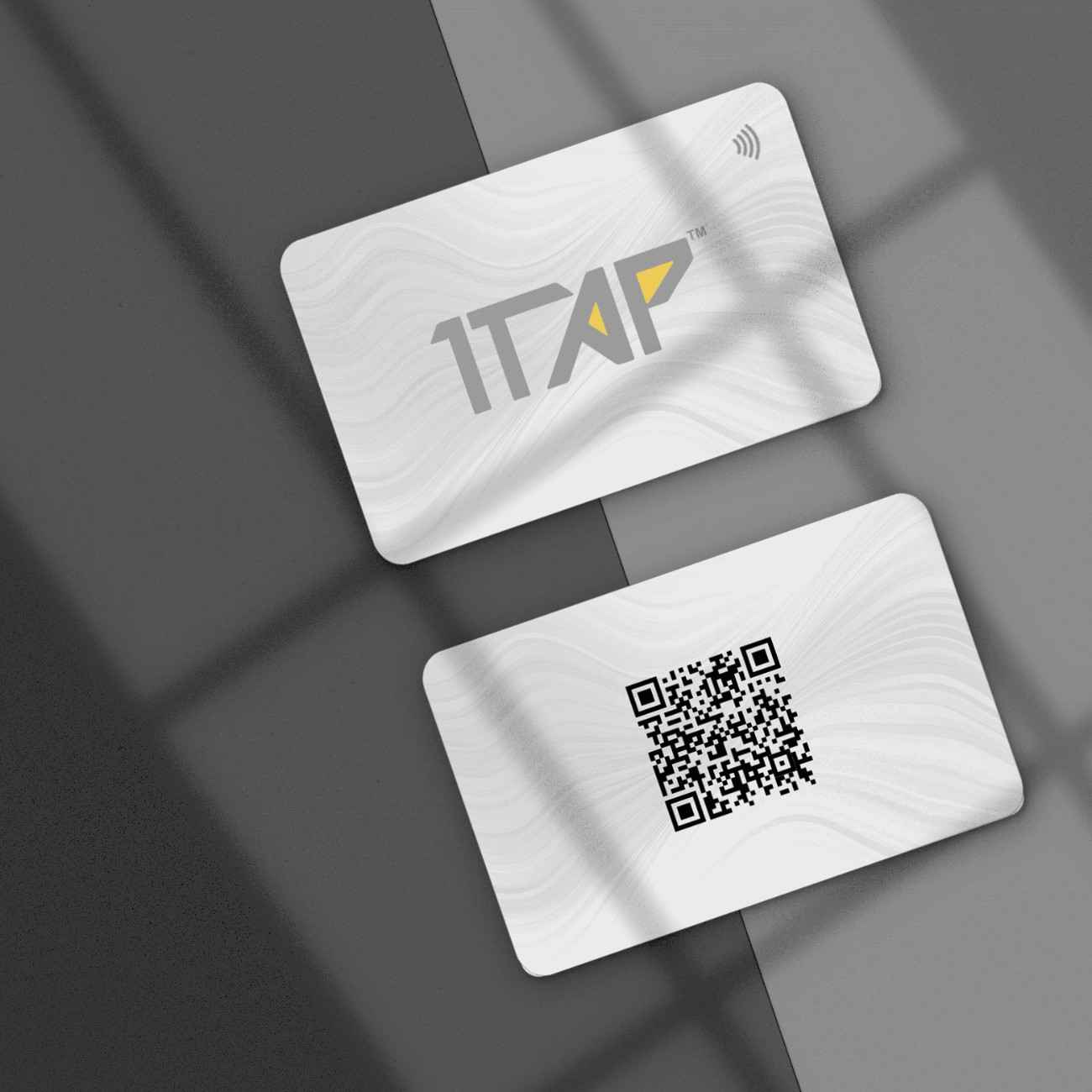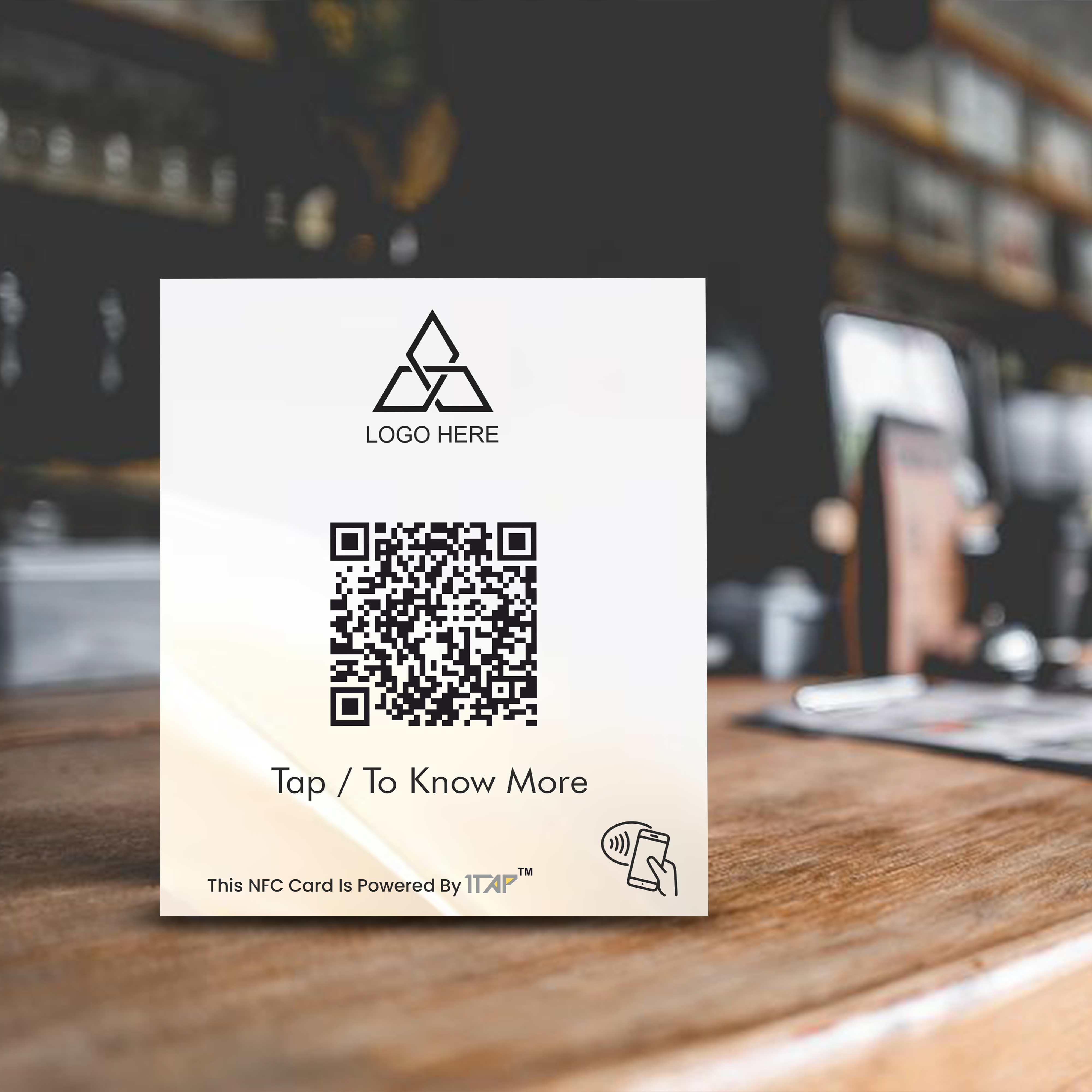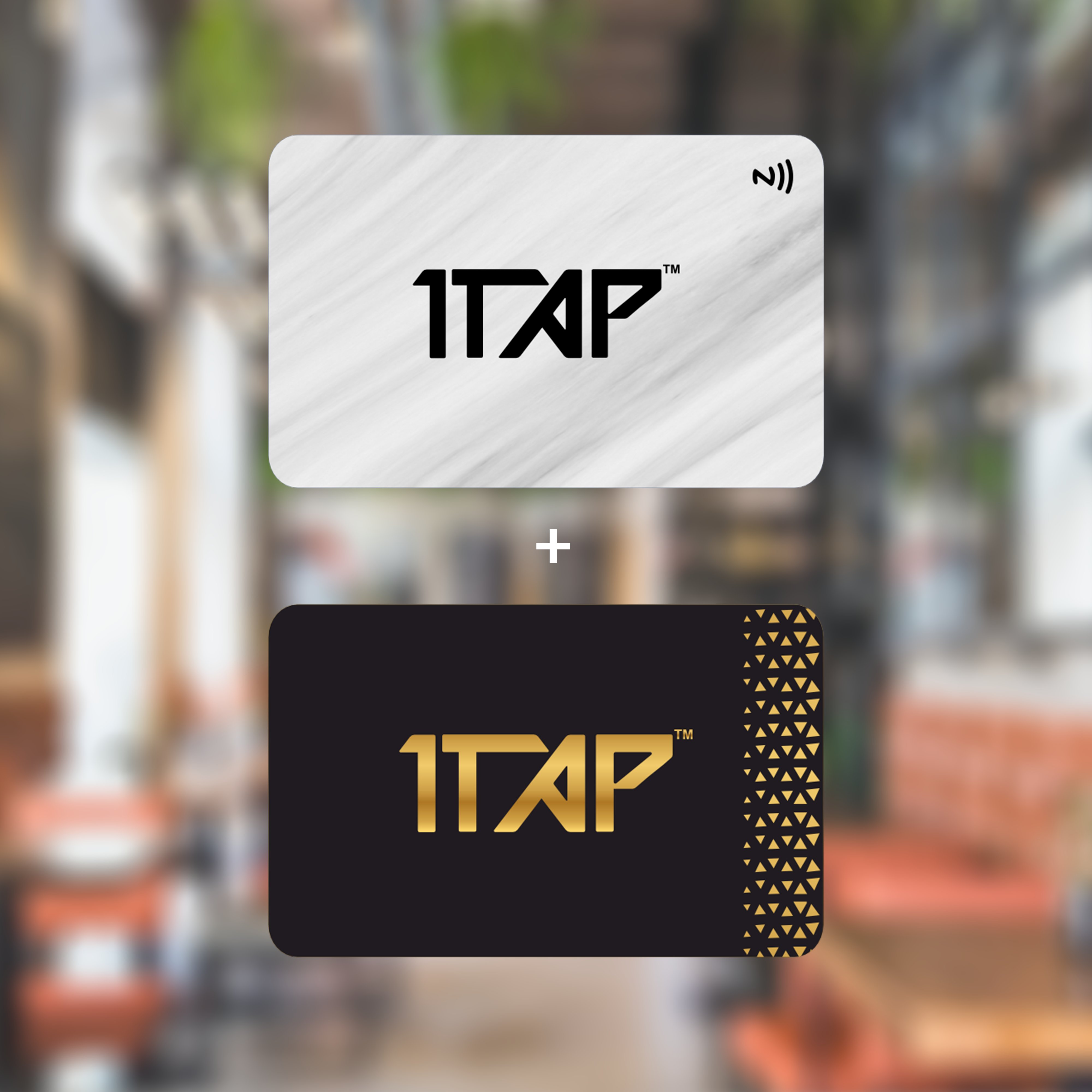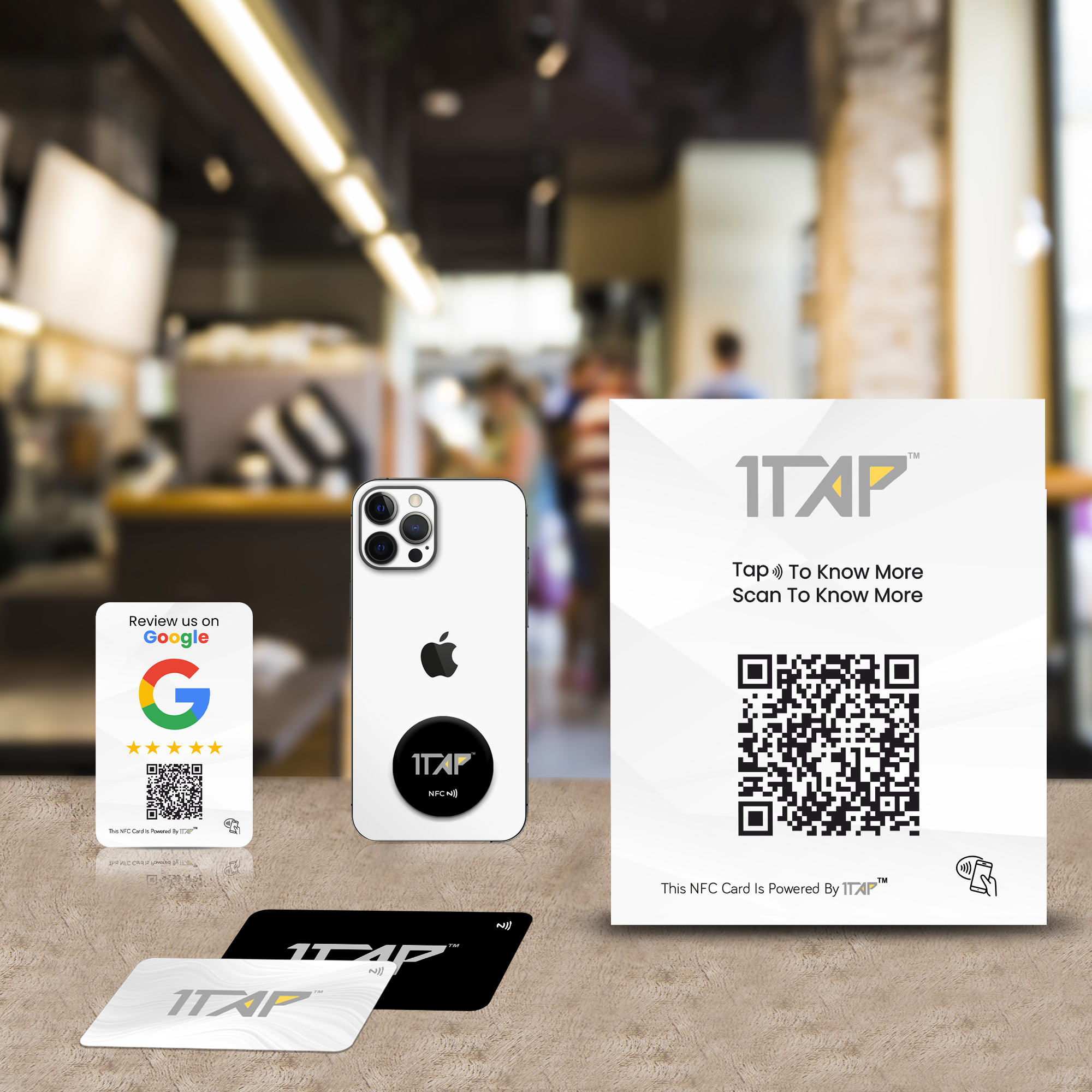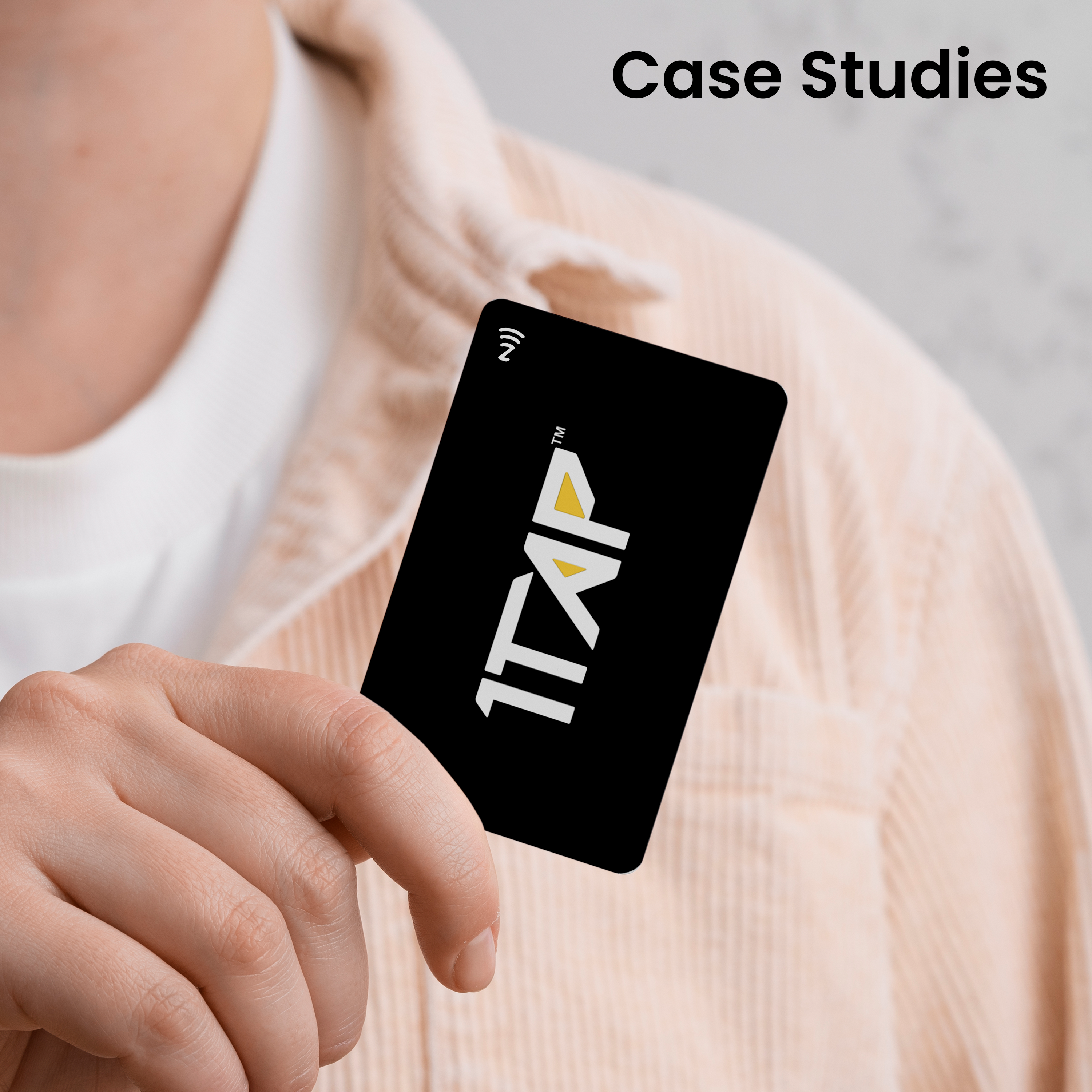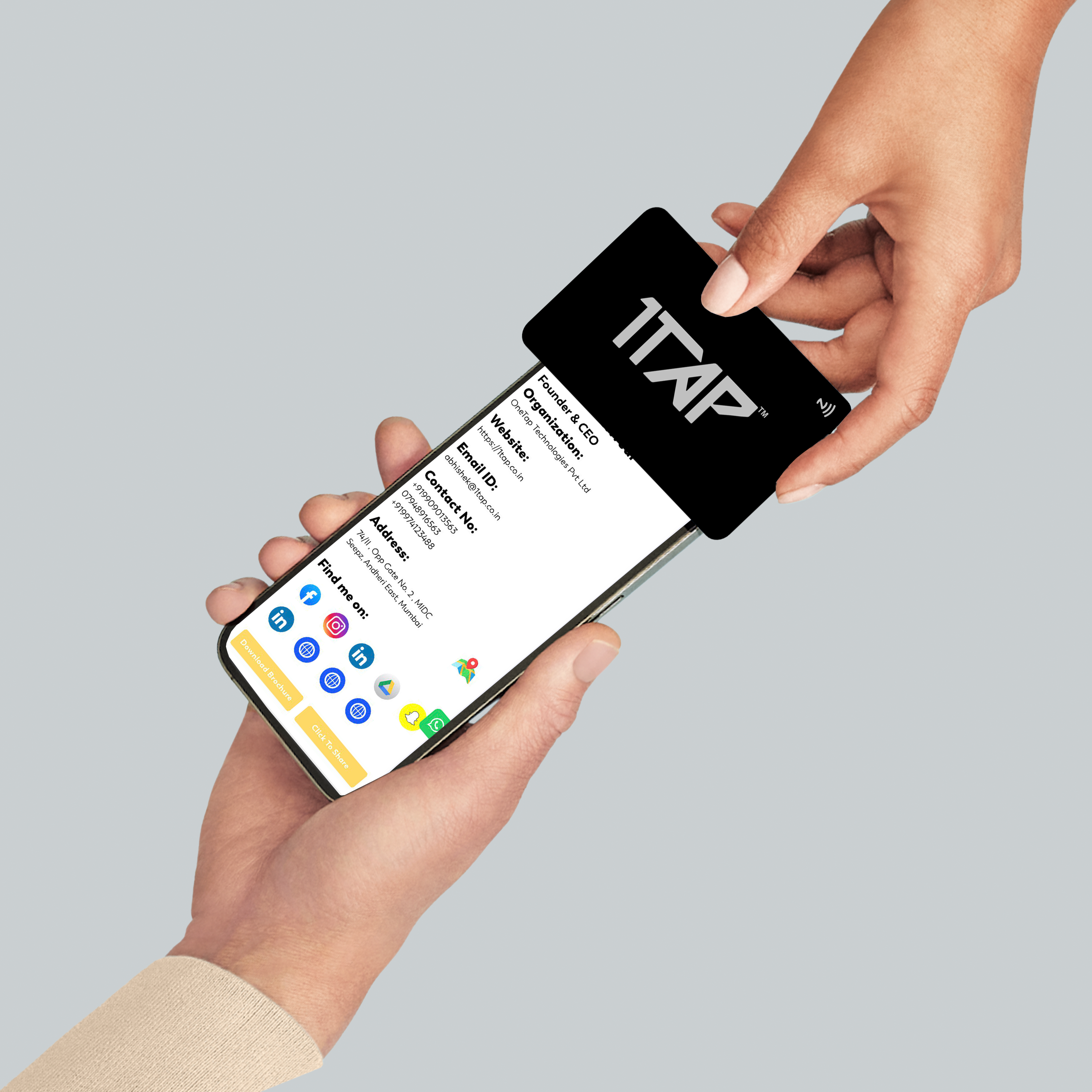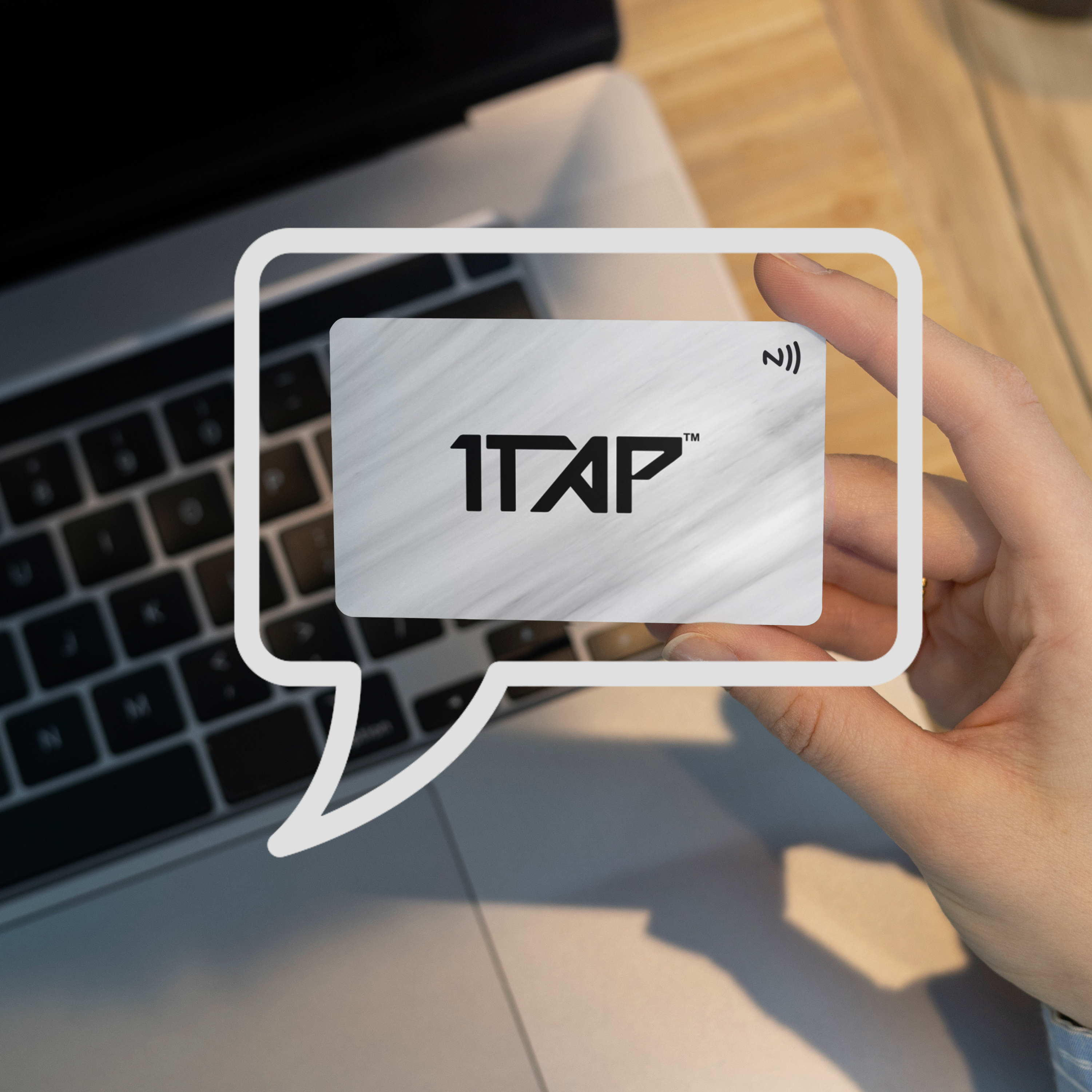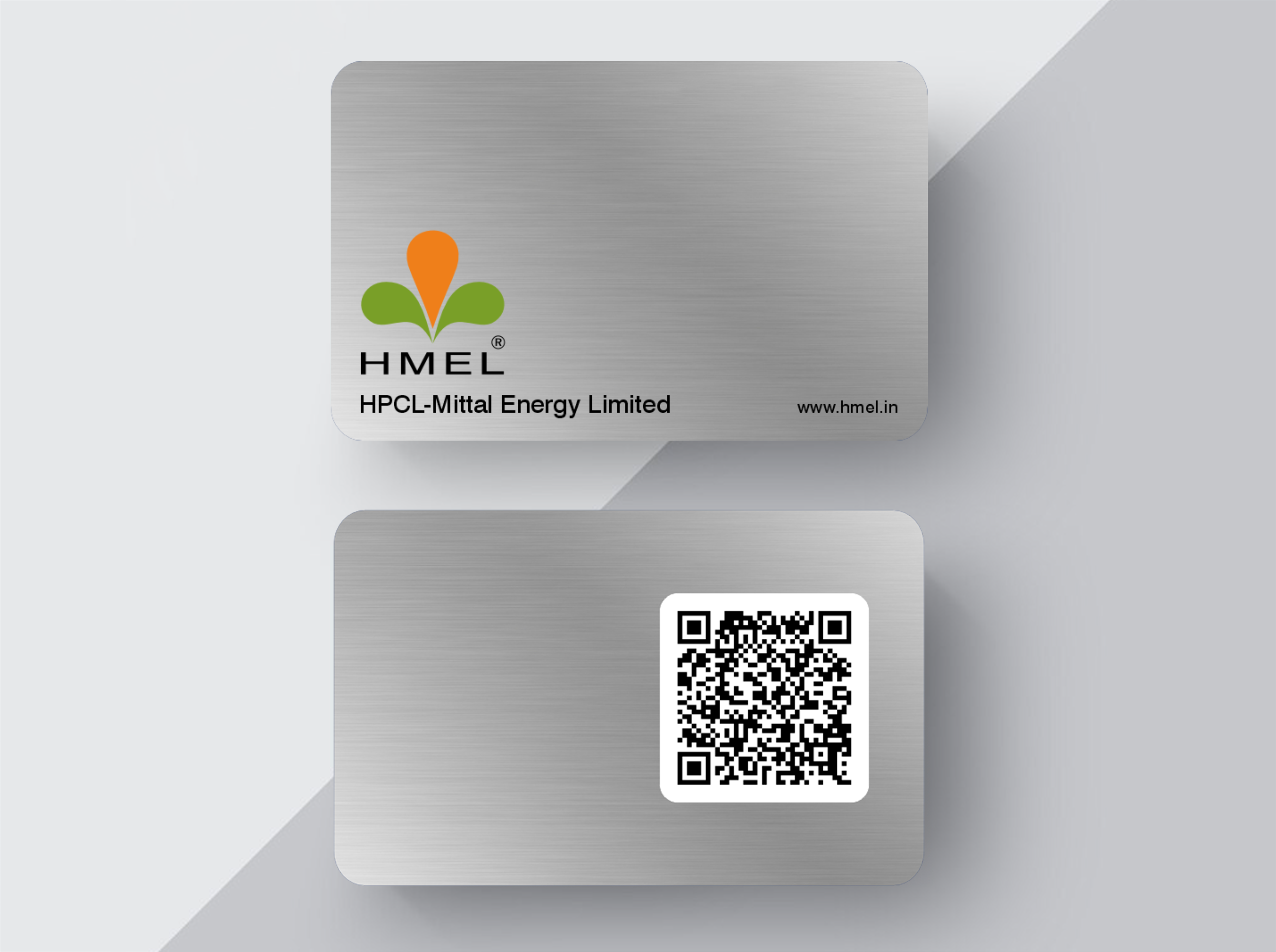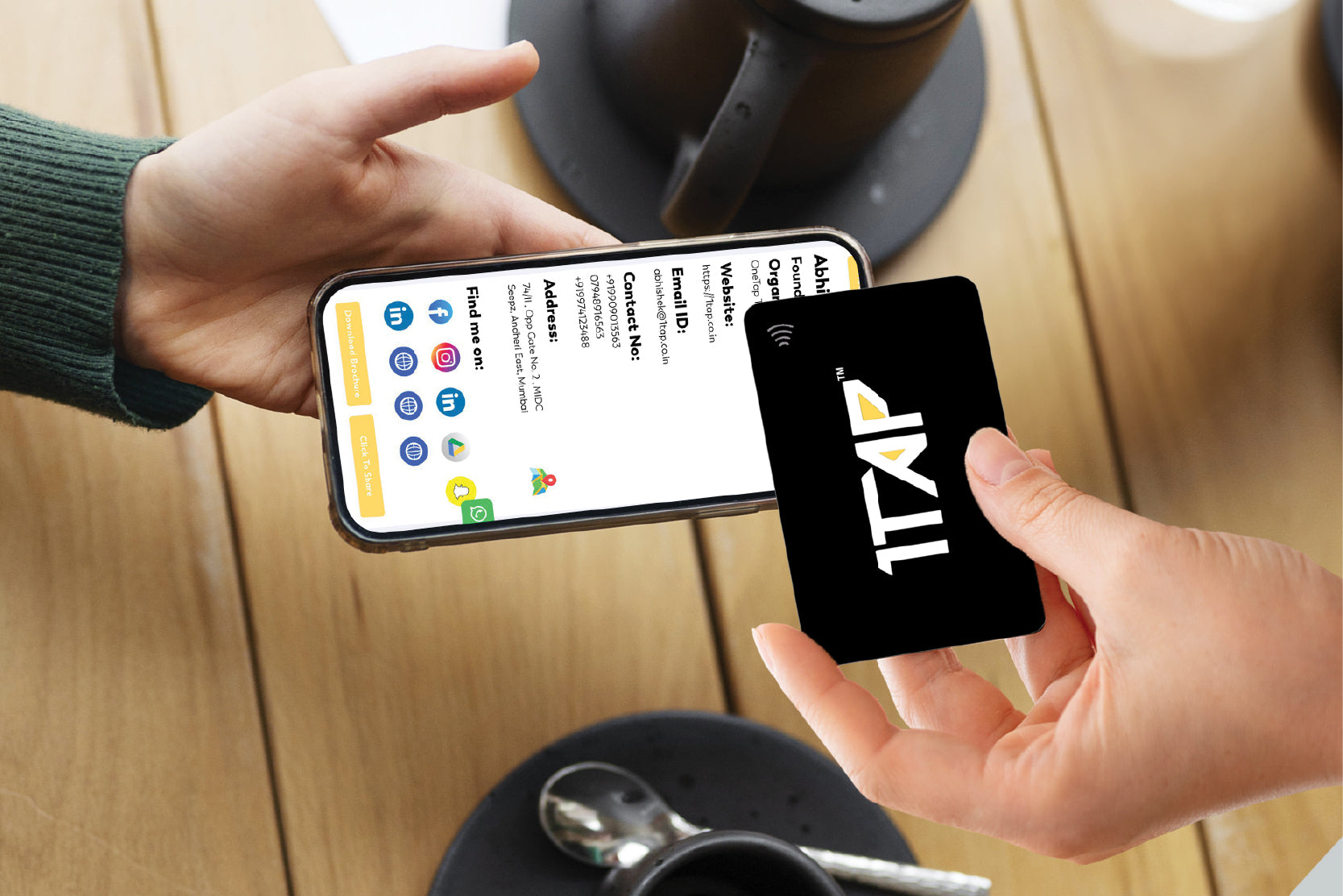In the present world, networking is no longer limited to paper cards only. Individuals are turning to digital business cards that they can easily share through a tap or scan. Two common methods of sharing them are QR codes and NFC (Near Field Communication) technology.
But how are they different? And how do you decide to use QR or NFC?
Let's take a look at them in a simple manner.
What Are QR Codes?
QR (Quick Response) codes are those black-and-white square designs you usually find on menus, posters, and product packaging.
When you photograph a QR code using your phone's camera, it instantly opens a website, contact information, or any digital link — like your digital business card.
So if someone scans your card’s QR code, they can instantly see your name, company, phone number, website, and social media links.
PVC Business Cards and Wooden Business Cards often have printed QR codes on them — making it super easy to share your contact without writing anything down.
What Is NFC?
NFC (Near Field Communication) is a newer and smarter way to share data.
It enables two devices to share information simply by touching or being near closely (within a few centimeters).
Rather than scanning a code, someone just taps your NFC Business Card against their phone, and your contact information appears instantly. No scanning, no apps — just a quick tap.
The same technology is also applied in Metal NFC Business Cards and PVC Business Cards for an advanced, touchless sharing experience.
QR vs. NFC: The Big Comparison
Let's compare them side by side to see their main differences.

Why Businesses Love NFC Cards
Most professionals today opt for NFC Business Cards since they are elegant and futuristic-looking.
Imagine giving someone a metallic-smooth Metal NFC Business Card — they scan it against their phone, and your digital information is instantly displayed. It is smooth, high-tech, and makes a lasting impression.
For more environmentally friendly alternatives, Wooden Business Cards are also trending. They bring sustainability together with intelligence technology — a great combination for today's branding.
When to Use QR or NFC?
Here's a quick rundown on how to choose:
Go with QR Codes if:
· You need something cheap.
· You are printing multiple cards for events or teams.
· You need something that will read on every phone right away.
Go with NFC Cards if:
· You need something high-end and tech-looking.
· You have meetings, conferences, or trade shows.
· You need a reusable digital card that won't need to be reprinted.
Some companies even utilize both — a Metal NFC Business Card with a QR code printed on the back. That way, it works for all — even if someone's phone doesn't support NFC.
Final Thoughts
Both QR and NFC digital business cards are intelligent, green, and professional means of exchanging your contact information.
The best option is based on your objectives and budget.
If you desire something simple and inexpensive — go for PVC Business Cards with QR codes.
But in case you desire to make an impression, impress clients, and demonstrate a contemporary brand image — go for Metal NFC Business Cards or Wooden Business Cards.
Ultimately, both are superior to outdated paper cards that more often than not get lost or forgotten.
With a simple tap or scan, your contact information remains with your client forever — in their phone.

